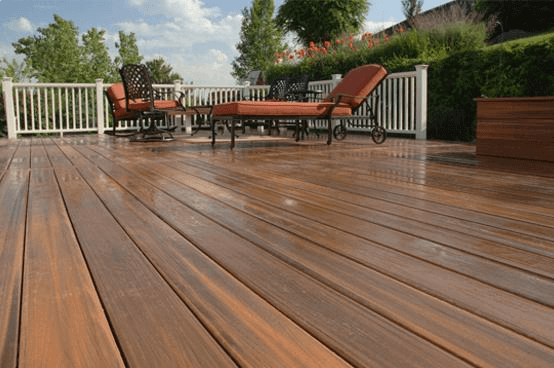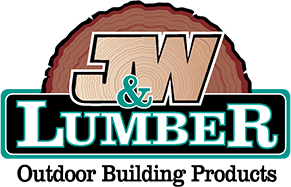
Two materials that currently dominate the decking world are wood and composite lumber. Wood is classic in many ways—not only is it the “real deal” when it comes to decking, but is has a number of characteristics that are not easily replicated by composites. However, composite lumber has a number of advantages in terms of maintenance and cost-effectiveness. Here’s a look at some of the different pros and cons of composite and lumber decking:
Overall Cost
When it comes to the cost of decking, lumber and composite materials provide homeowners with different perks. Wood decking typically is less expensive than composite decking; however, wood can cost more to maintain with staining and sealing—two things you’ll never have to do to your composite deck.
Genuine Appearance
If the rich color and texture of wood is what you’re after, you’re better off investing in some high-quality redwood, cedar, or hardwood (Mangaris) decking lumber. If you’re less concerned about the up-close appearance of your deck and want low maintenance, composite lumber is a good option for you—it is attractive in its own right and is much more natural-looking than PVC or vinyl decking.
Longevity and Durability
Finally, it’s important to consider whether your decking will stand up to regular use over time. With the natural look and feel of wood comes the natural lifespan of lumber. You may need to replace your deck ever 10 to 15 years unless you take meticulous care of it. Composite lumber, however, can hold a warranty of as much as 25 years, nearly twice as long as the oldest wood decks.
For help choosing best decking material for your home, contact the decking professionals at J & W Lumber. Call (760) 741-8776 to learn about our selection of lumber and composite woods.
